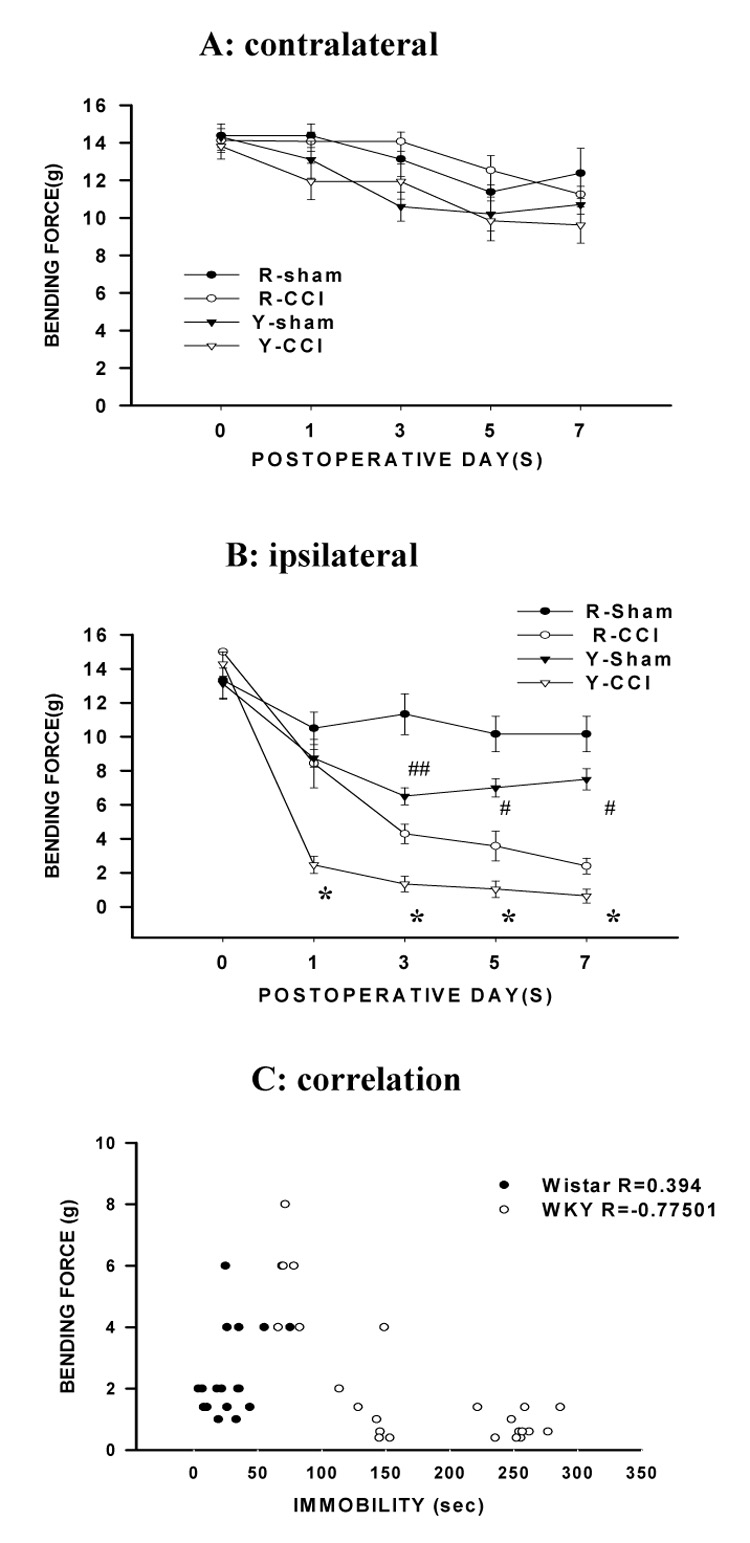Fig. 2. Exacerbation of mechanical allodynia after CCI.

A, B: There were no differences in baseline mechanical nociceptive threshold (in bending force) between WKY and Wistar rats and both WKY and Wistar rats developed mechanical allodynia in the ipsilateral (B) but not contralateral (A) hindpaw after CCI. However, the threshold bending force was lower in WKY rats than in Wistar rats, indicating the exacerbation of mechanical allodynia after CCI in WKY rats. *P<0.05, as compared to Wistar-CCI rats; #P<0.05 or ## P<0.01, as compared to Wistar-sham rats. R-sham and Y-sham: Wistar and WKY rats with sham operation. R-CCI and Y-CCI: Wistar and WKY rats with CCI. C: A longer immobility time in the forced swimming test was inversely correlated with a lower threshold bending force in mechanical allodynia test in WKY rats (R= −0.775) but not in Wistar rats (R=0.394).
